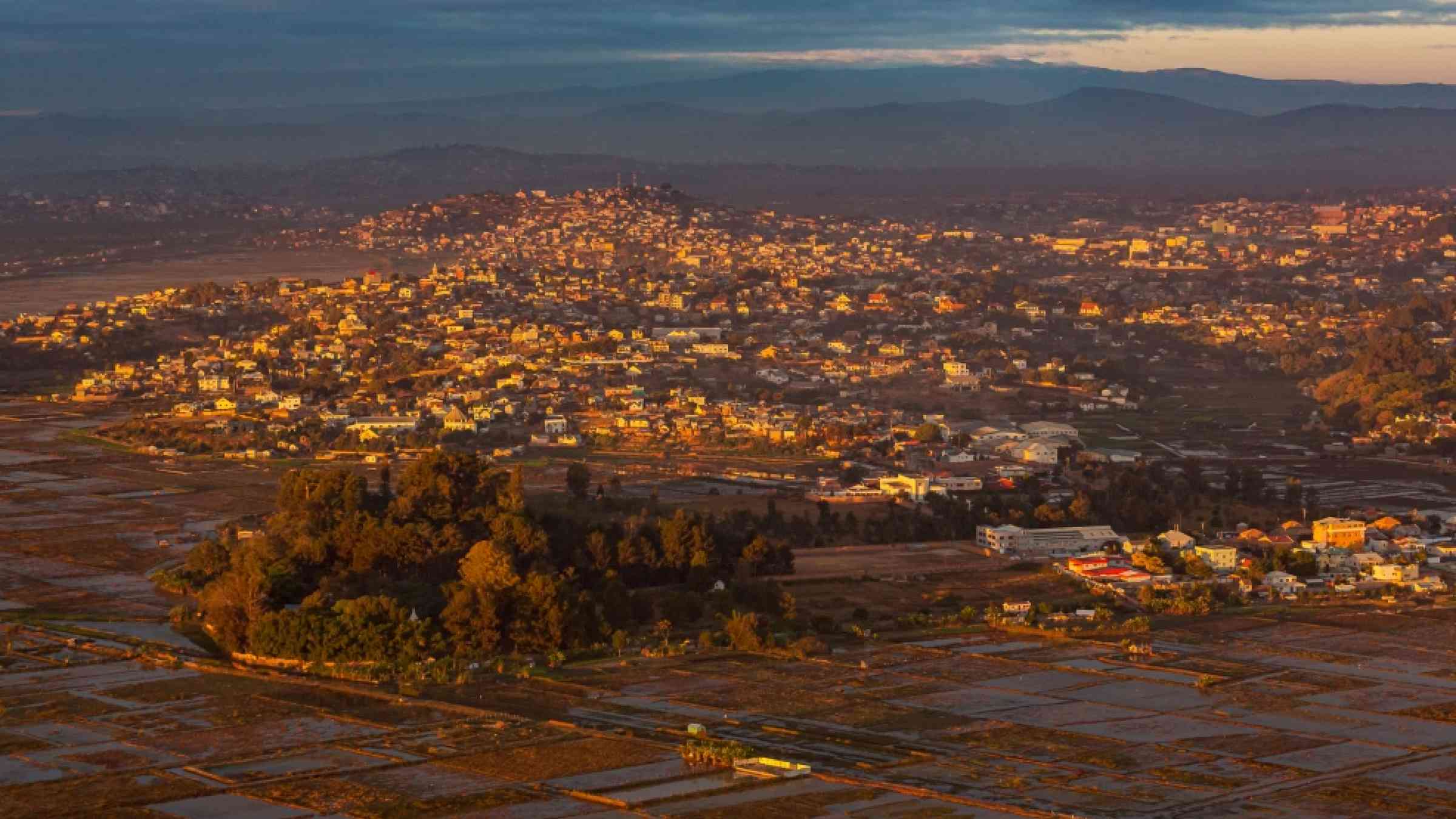CIMA Foundation: Assessment of early warning systems in four Indian Ocean Islands States

Funded by UNDRR, the project aims to improve risk reduction and preparedness, institutionally and operationally, in four Indian Ocean Island states: Comoros, Madagascar, Mauritius, and Seychelles.
How does the project work?
The project is part of the Resilience building and Disaster Response Management in the Indian Ocean (RDRM-IO) program, co-funded by the European Union and the Indian Ocean Commission with the goal of reducing disaster losses in IOC member states. Indian Ocean Island states are vulnerable to different types of hazards, from geophysical ones such as tsunamis to biological ones, of which COVID-19 is just one example. Hydrometeorological disasters such as floods and droughts, in particular, are exacerbated by mechanisms such as El Niño-Southern Oscillation (ENSO) and the Indian Ocean dipole, which often add up causing cascading effects, further exacerbated by social and economic factors, such as the presence of conflicts.
In this context, UNDRR is working in the RDRM-IO program with the objective of improving risk reduction and preparedness, institutionally and operationally, in four Indian Ocean Island states. The focus of the project is the analysis of multi-hazard Early Warning for Early and Anticipatory Action Systems (EW-EAAS): planned activities therefore also include the evaluation and testing of Early Warning Systems (EWS) in the countries involved. The chosen approach combines the set up of an assessment tool with Tabletop exercises (TTX); the assessment tool will be based both on tools already developed by the project partners and on tools being developed as part of the EW4All Initiative, which aims to reach the entire world population with EWSs by 2027, and to which the project itself contributes.
The assessments will then be used by the project partners to test Standard Operative Procedures (SOPs) within the various national multi-hazard EW-EAAS through Tabletop and Simulation exercises (TTX/SIMEX).
The directions made by UNDRR during the project will form the basis on which to direct the activities of the RDRM-IO program.
In addition to contributing to the EW4All Initiative, the project also contributes to the ongoing implementation of the Africa Road Map for Improving the Availability, Accessibility and Use of Disaster Risk Information for Early Warning and Early Action.
What are the expected results?
- Contextualization of the assessment with partners, scoping and planning
- Set up of the methodology for the assessment of EWS and AA
- Evaluation of EW-EAAS and implementation of investment recommendations
- Testing of EW-EAAS procedures and implementation of recommendations for institutional capacity building
What does CIMA Research Foundation do?
It will combine a theoretical approach - by the means of an assessment tool - with a more operational one - through the planning and implementation of TTXs (Table Top eXercise).
The assessment tool will address the four components of the Early Warning System: (1) risk knowledge, (2) monitoring and forecasting, (3) communication and dissemination and (4) preparedness and capacity to respond. It will require an analysis of existing assessment tools (from CIMA, WMO, UNDRR and other organizations) and harmonization with EW4All Minimum Core Capability Checklist together with the ongoing process related to Risk Knowledge for EW4ALL. Furthermore, the methodology will guide the integration of the TTX results of in the assessment. The Tool will include also: guide for the mapping and analysis of institutional EW-EAASs and chain of responsibilities in each country including legal, policy, strategy frameworks and procedures for EW-EAASs at national level (Standard Operating Procedures and national chains of command etc.); guide for mapping and analysis of availability and use of risk information for preparedness and EW-EAASs in each country.
Moreover, the tool will also guide the assessment of equipment needed by NDMA to effectively facilitate exchange of information and operation of an EW-EAAS.
CIMA Research Foundation will lead the activities in Madagascar and Seychelles, while contributing to activities in Comoros and Mauritius.